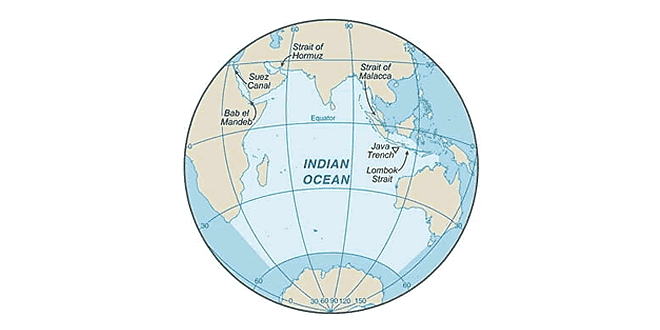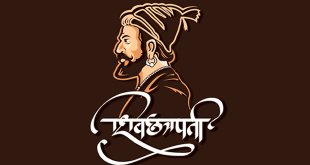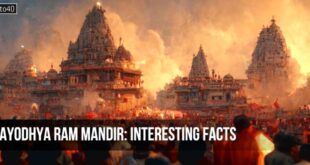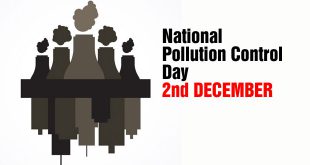Indian Ocean is the third largest ocean of the world. Check out some interesting and fun facts about Indian Ocean.
A part of the World Ocean body, the Indian Ocean covers 20% of the Earth’s main water surface, which attributes to a total of one-fifth of the world’s ocean area. The Indian Ocean, the third largest saline-water body of the world, derives its name from India. On the northern side, the ocean is bounded by South Asia, including India. On the west, it is bounded by Africa, while Indochina, the Sunda Islands and Australia corner it from the east. Down south, this ocean is bounded by Antarctica. The Island nations housed by the Indian Ocean are Madagascar (formerly Malagasy Republic), the world’s fourth largest island; Comoros, Seychelles, Maldives, Mauritius and Sri Lanka. This ocean covers 20 percent of the water on the Earth’s surface. Zambezi, Shatt al-Arab, Indus, Ganges, Brahmaputra, Jubba and Ayeyarwady River are the major rivers flowing into the Indian Ocean. For some more interesting and fun facts about this ocean, go through the following lines.
Interesting And Fun Facts:
- This ocean is the warmest ocean in the world. However, the warmth of the ocean resists the growth of phytoplankton, except for a few spots here and there, across the water body. Hence, life thriving in this ocean is limited.
- This ocean is known as ‘Ratnakara’ in the ancient Sanskrit literature. Ratnakara means ‘the maker (creator) of jewels’.
- The ocean’s volume is estimated to be 292,131,000 cubic kilometers. Its average depth is 3,890 meters (12,760 ft.).
- Its fish are of significant importance to the bordering states, for domestic consumption and export.
- The beach sands of Indian Ocean are rich in heavy minerals and the offshore deposits are vigorously exploited by the bordering nations, primarily India, South Africa, Indonesia, Sri Lanka and Thailand.
- The important ports and harbors of Indian Ocean include Chennai (Madras; India), Colombo (Sri Lanka), Durban (South Africa), Jakarta (Indonesia), Kolkata (Calcutta; India) Melbourne (Australia), Mumbai (Bombay; India), and Richards Bay (South Africa).
- Suez Canal (Egypt), Bab el Mandeb (Djibouti-Yemen), Strait of Hormuz (Iran-Oman), and Strait of Malacca (Indonesia-Malaysia) are the four main access points to the this ocean.
- This ocean transports a heavy traffic of petroleum and petroleum products, from the oilfields of the Persian Gulf and Indonesia.
- The largest container handling facility in the this ocean has been termed as Port Louis.
- This ocean changes course twice a year—once in winter and once in summer.
- Approximately 40% of the world’s oil production comes from the Indian Ocean.
- The ocean provides major sea routes connecting the Middle East, Africa, and East Asia with Europe and the Americas.
- The average surface temperature of the Indian Ocean is recorded as 220°C and drops 200°C with every descent of 1000 m.
- Approximately 40% of the world’s offshore oil production comes from the Indian Ocean.
- Oil spills in the this ocean have threatened this water body.
- Fishing in this ocean has been restricted to subsistence level.
- The lowest point in this ocean is Java Trench, with a depth of 7,258 m.
- The ocean was dominated by the United Kingdom in early 1800s. After the decline of British Empire, this ocean is dominated by India and Australia.
- Experts have discovered that a large continent named ‘The Kerguelen Plateau’ has been submerged in the southern part of the Indian Ocean. It is learnt that the submerged continent is of volcanic origin.
- Do you know that the Indian Ocean gets 20 cm wider every year.
- Occasional occurrence of icebergs have posed a threat to navigation in the southern regions of the ocean.
- The Persian Gulf is the warmest sea in the this ocean, followed closely by the Red Sea, which is also the most saline sea in this ocean.
 Kids Portal For Parents India Kids Network
Kids Portal For Parents India Kids Network







